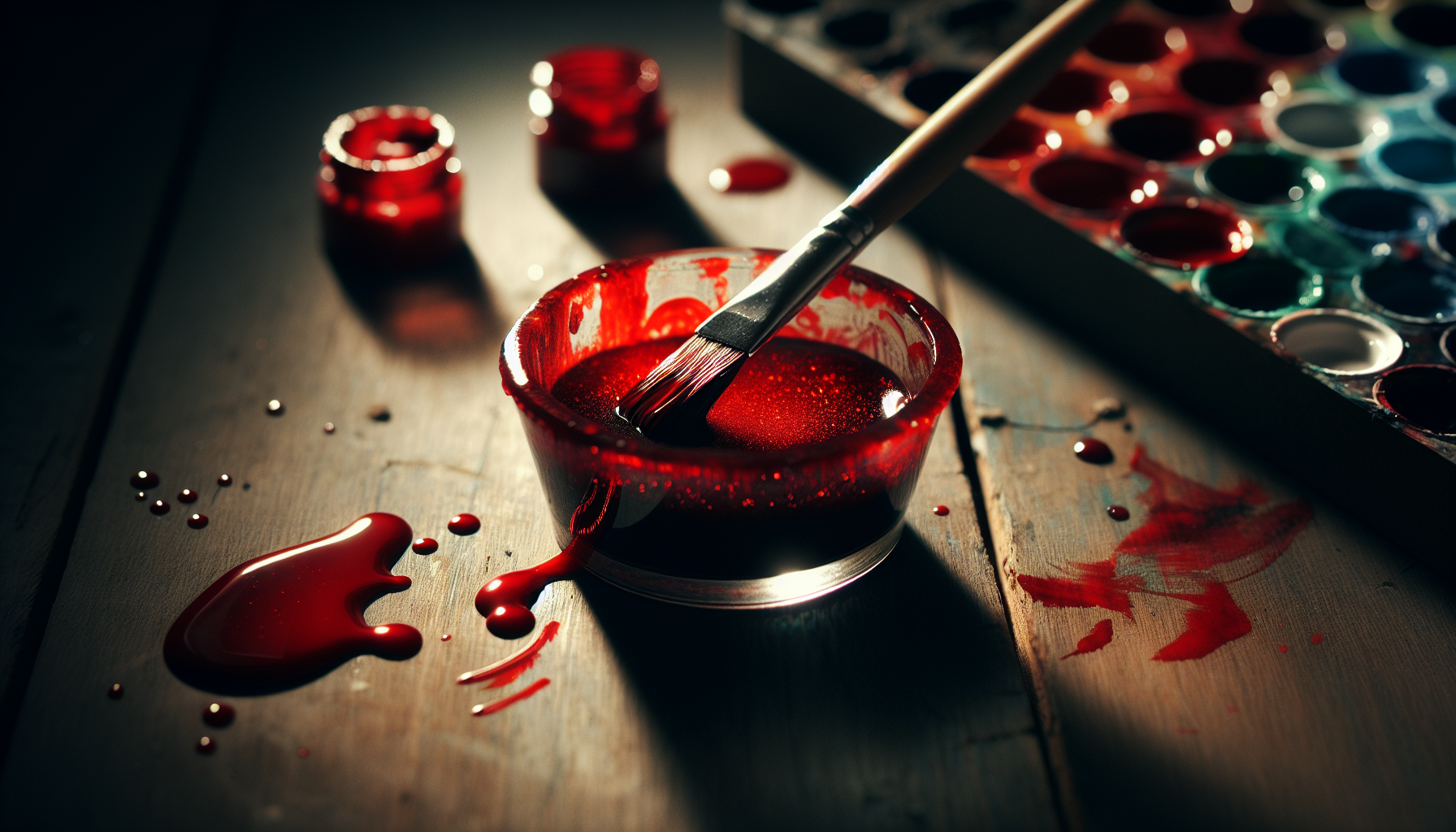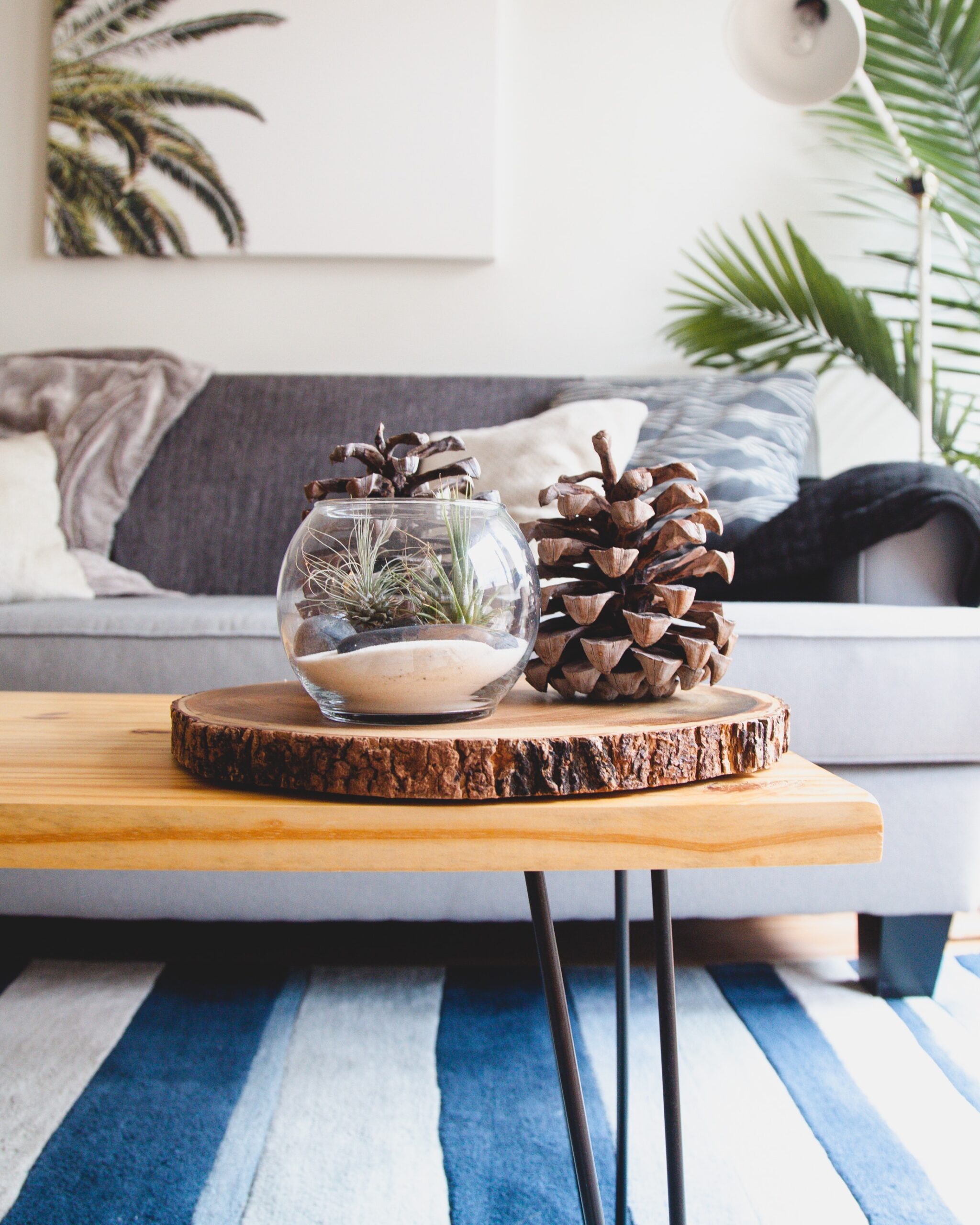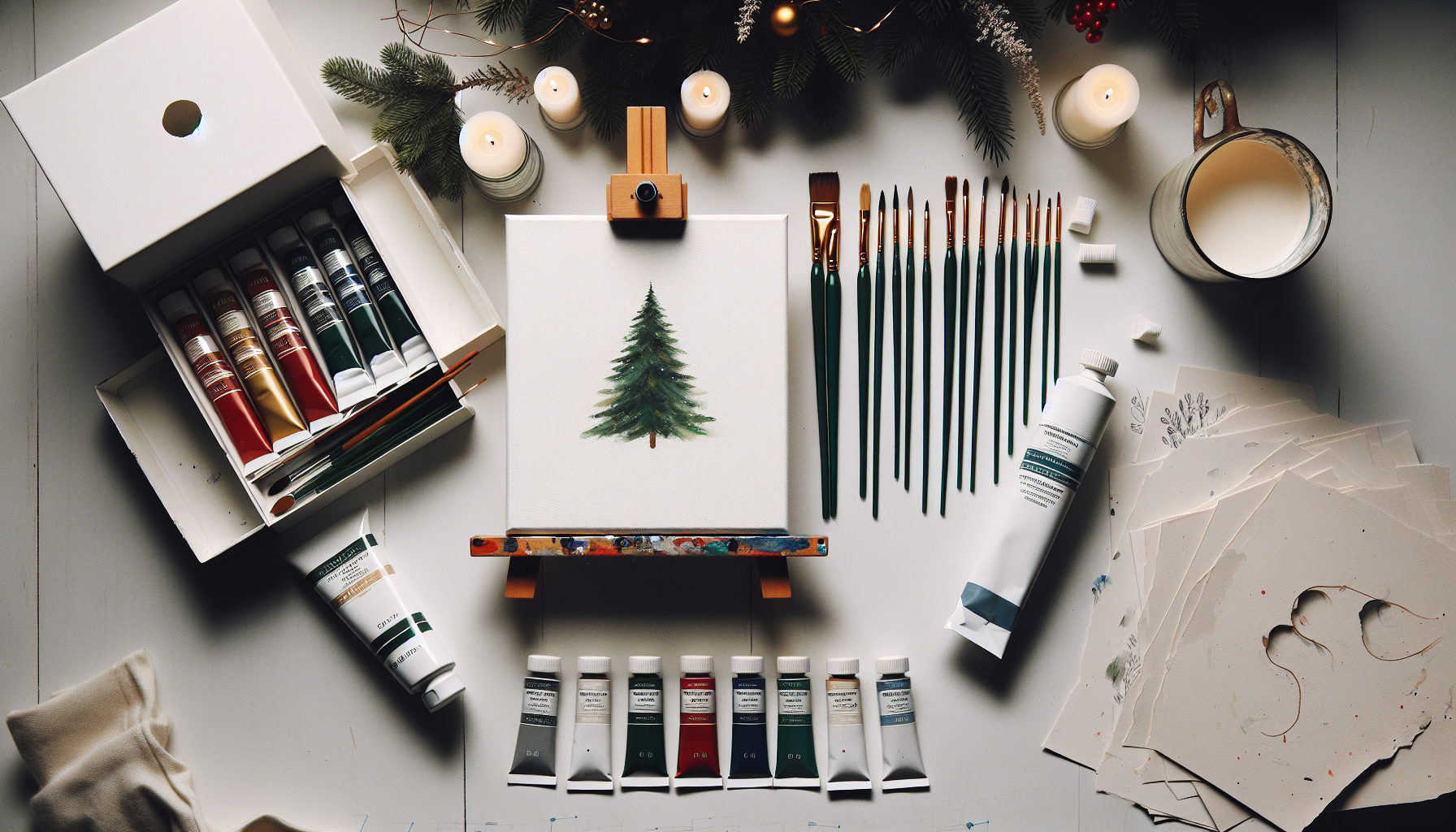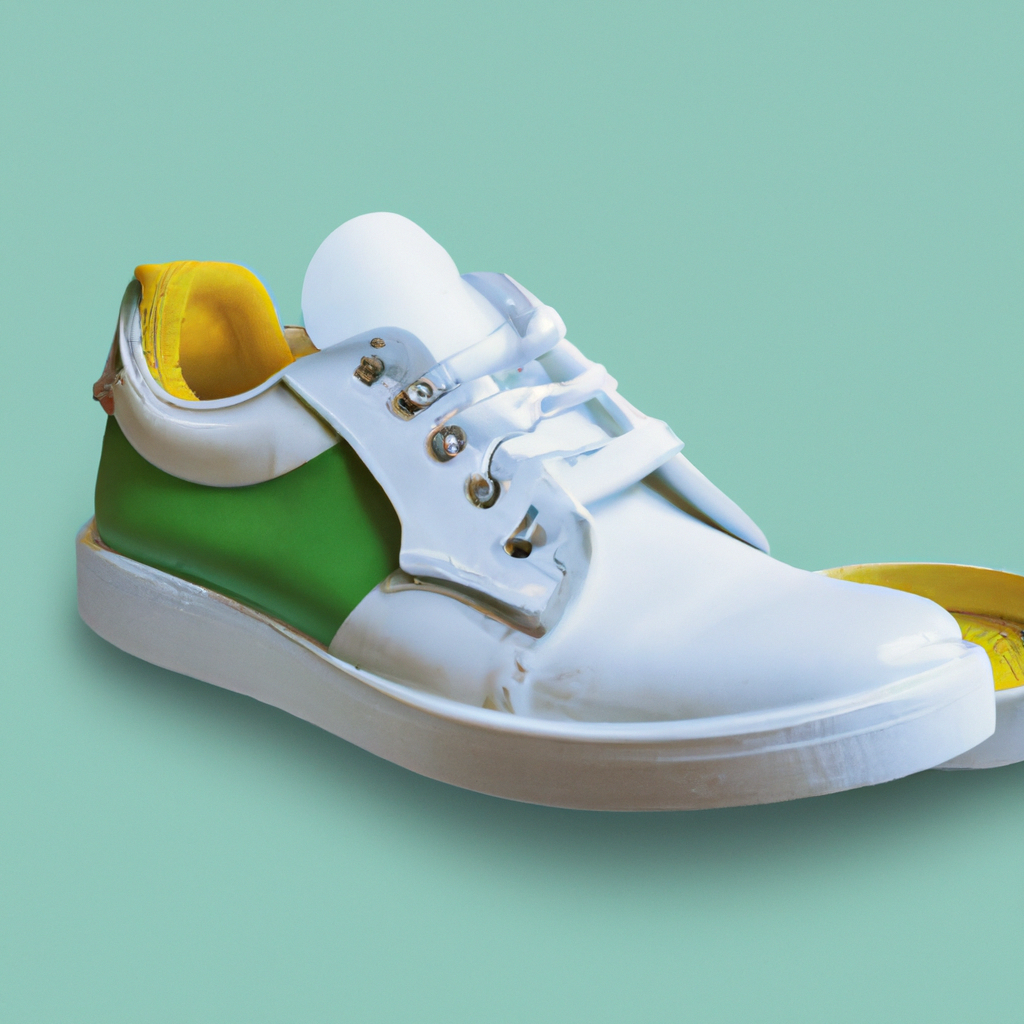If theatrical performances, artistic pursuits, or Halloween decorations loom in your future, knowledge of creating realistic yet fake blood can prove instrumental. In this intriguing article, you’ll be guided through a surprisingly simple process with everyday elements at your disposal. “How To Make Fake Blood With Acrylic Paint” will equip you with the secrets to concocting a faux-blood mixture that emphasizes realism, using none other than acrylic paint. Handle your next engagement requiring effectual special effects like a seasoned professional, employing your newfound skills to awe and stir emotions.
Introduction
About acrylic paint
Acrylic paint is a versatile medium used in art and craft projects. It is a water-based, fast-drying paint that has the capability of mimicking both oil and watercolor paints. Acrylic paints are known for their distinctive bright colors, ease of use, and flexibility. They can be used on a variety of surfaces, from canvas to wood and even skin, making them the preferred choice for many artists.
Why make fake blood with acrylic paint
Creating fake blood using acrylic paint is an efficient and relatively safe method often used in theater, film production, Halloween costumes, and other artistic applications. The main advantage of using acrylic paint is its ability to attain a variety of colors and textures, thus creating a realistic and convincing effect. Additionally, when done correctly, fake blood made from acrylic paints is generally safe and non-toxic, which is vital when using it on skin.
Materials Needed
To make fake blood with acrylic paint, you will need the following materials:
Acrylic paint
As a primary component, you’ll need red acrylic paint.
Corn syrup
This acts as a binder, giving the fake blood a shiny, viscary look.
Water
Water is used to dilute the consistency of the mixture to the desired thickness.
Liquid dish soap
This is needed to make the fake blood easy to clean, preventing staining.
Container
A container is necessary to mix and store the blood.
Measuring cups
You’ll want to measure your ingredients accurately, ensuring your mixture is correct.
Mixing stick
A tool to manually mix everything together.
Food coloring or natural dyes
These can be used to fine-tune the color.
Optional: Non-toxic thickening agent
If you want your fake blood to be thicker, you can add a non-toxic thickening agent.
Optional: Non-toxic preservative
If you’re planning on storing the fake blood, a non-toxic preservative can be used to extend its lifespan.

Choosing the Right Acrylic Paint
Water-based vs. oil-based acrylic paint
Both water-based and oil-based acrylic paints can be used to create fake blood. However, water-based acrylic paints are typically easier to work with, dry faster, and are easier to remove from skin and clothing.
Color options and transparency
Acrylic paints come in a range of colors, giving you the freedom to experiment until you find a color that closely resembles real blood.
Non-toxic and skin-safe acrylic paint
When choosing acrylic paint, make sure it is labeled non-toxic and safe for skin use to avoid allergic reactions, irritations, or other potential health risks.
Basic Recipe
The recipe for fake blood using acrylic paint is simple and straightforward:
Step 1: Combine the base ingredients
Combine equal parts of acrylic paint and water in a container. Add a dollop of liquid dish soap.
Step 2: Adjust the consistency
Add the corn syrup to the mixture to thicken it. The more you add, the thicker your blood will be.
Step 3: Add color
Add a few drops of food coloring or natural dyes into the mixture. Start with red first, then gradually add small quantities of black, blue or green to darkened the color.
Step 4: Fine-tune the shade
Adjust the color by adding more paint, water or food coloring until you achieve the desired shade of blood.
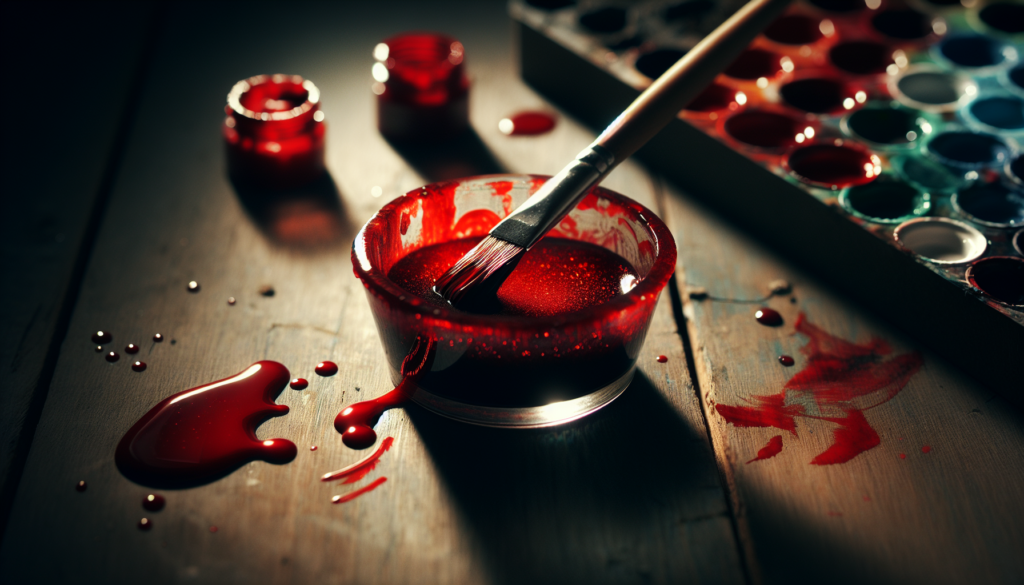
Customizing the Texture and Consistency
Making fake blood involves not just about getting the right color, but also the right texture and consistency.
Thickening the blood
You may want a thicker or coagulated blood for a more gruesome effect. Adding a thickening agent like gelatin can make the blood appear clotted.
Creating clots and coagulation
For fake blood that needs to have a chunky or clotted consistency, cornstarch or flour can be added.
Creating a drippy or gel-like appearance
Adding more water to your mixture will result in thinner blood, while a higher concentration of corn syrup will yield a thicker, gel-like consistency.
Color Options and Variations
Finding the right color for your fake blood can involve some trial and error.
Realistic shades of blood
Real blood isn’t just red — it can range from dark red (almost black) to light, bright red. The use of food coloring or natural dyes can help achieve more realistic shades of blood.
Artistic and creative color choices
You’re not limited to realistic colors. Depending on the effect you’re trying to achieve, you can experiment with different shades and tints.
Using natural dyes
Natural dyes such as beetroot powder or cocoa powder can be used for a more organic look.
Adding Realistic Effects
To give your fake blood an extra touch of realism, consider a few additional tricks.
Making the blood appear fresh or dried
The color, consistency, and finish can vary depending on whether the blood is supposed to look fresh or dried. Fresh blood would be more red and shiny while dried blood tends to be darker and matte.
Adding depth and dimension with shading
You could utilize darker shades of red to denote older or deeper wounds, and lighter shades for fresh or shallow wounds.
Creating a glossy or matte finish
To make the finished blood look shiny or glossy, adding in a bit of glycerol will do the trick. For a matte look, add less water.
Creating Special Effects
With some creativity, your fake blood can be used to create special effects.
Sweat, tears, and saliva
By adjusting the ratio of ingredients and tweaking the color, you can create other bodily fluids like sweat, tears, and saliva.
Wounds and scars
Try applying the fake blood with different types of brushes, sponges or tools to create an illusion of wounds or scars.
Zombie or vampire effects
Create horror effects for Halloween or a themed party with dripping blood, bloody teeth, or to simulate a zombie or vampire bite.
Storing and Maintaining Fake Blood
Finally, here’s how to store and maintain your homemade fake blood.
Preservatives to prevent mold and bacteria growth
If you’re storing the blood for future use, adding a bit of a non-toxic preservative will help prevent mold and bacteria growth.
Proper storage and shelf life
Store your fake blood in an airtight container at room temperature. Generally, homemade fake blood should last for a few weeks.
Cleaning up and removing fake blood
Remember that removing fake blood from clothing or skin can take time and care. The inclusion of dish soap in the recipe should make it easier to wash out.
Conclusion
Creating fake blood with acrylic paint is an engaging and creative activity. It requires some experimentation to get the right color, texture, and consistency, but the results can be incredibly realistic and effective. Practice and refine your techniques, and remember always to prioritize safety by using non-toxic materials. Each new batch of fake blood is an opportunity to stir your creativity and perfect your skills.
